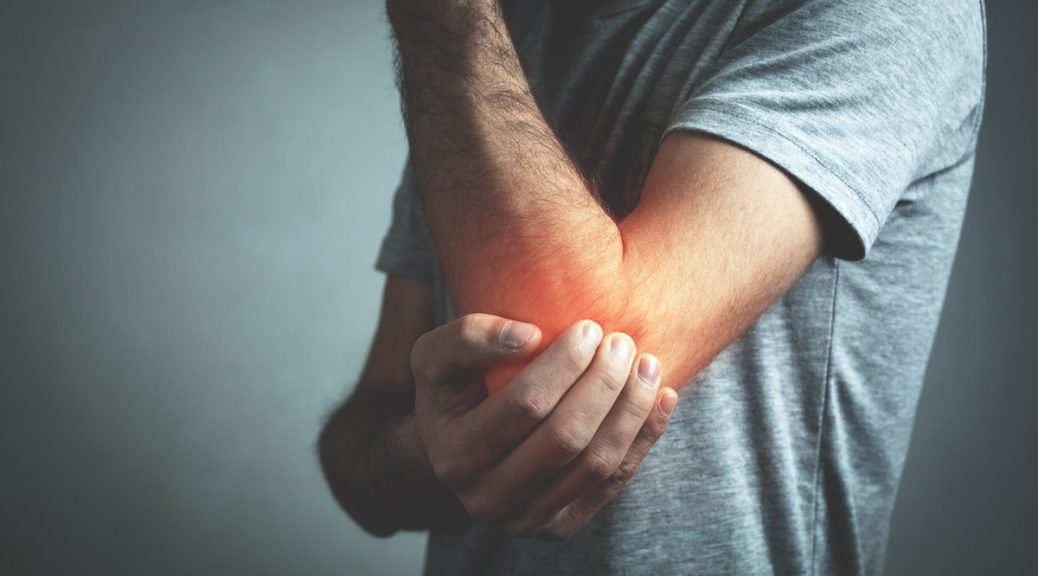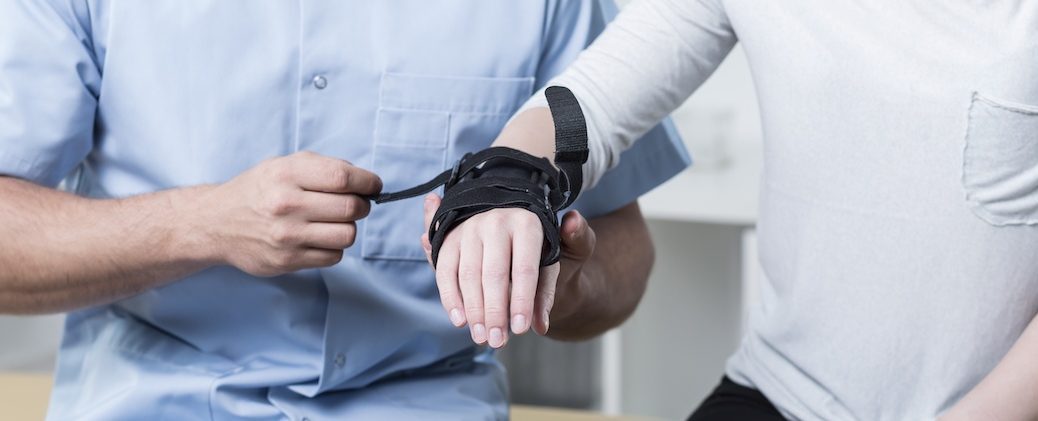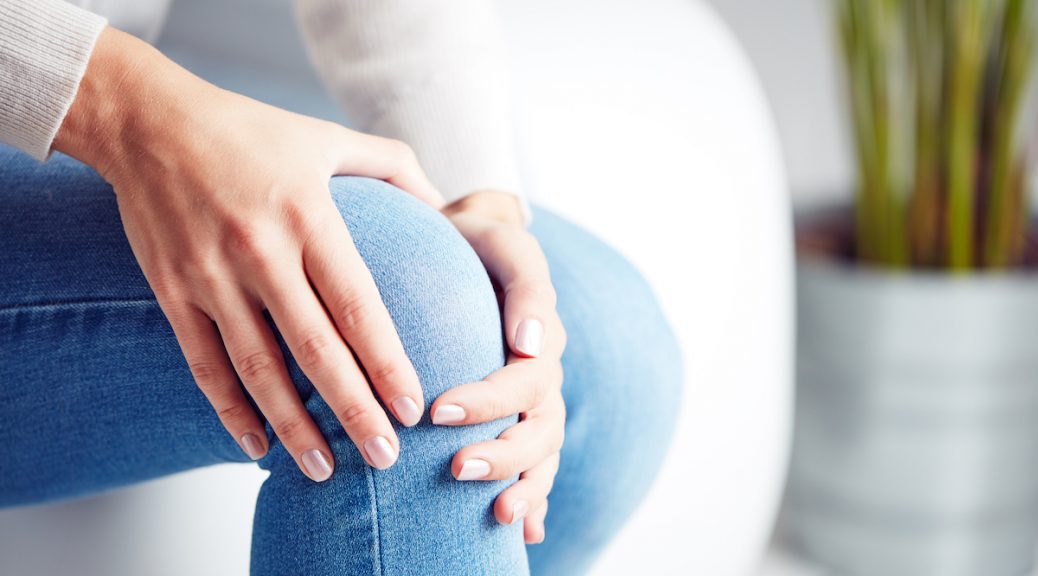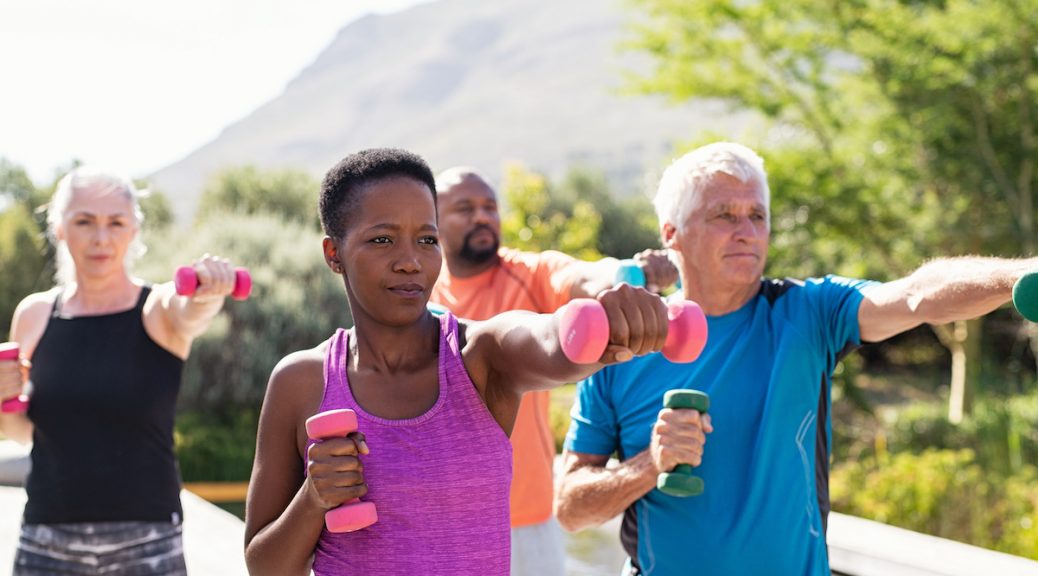Many orthopedic conditions commonly get mixed up. When you have pain in your hands, the prospect could be confused by carpal tunnel syndrome vs. arthritis. The two conditions can cause pain but also have many different characteristics. The differences are what can help you diagnose your condition. If you are having trouble making the connection, it may be time to see an orthopedic specialist.
Carpal Tunnel Syndrome vs. Arthritis
At Paris Orthopedics and Sports Medicine, we have encountered many conditions that require a proper diagnosis to treat. Carpal tunnel syndrome vs. arthritis is a fine distinction to make. This can allow you to distinguish the pain before entering the doctor’s office.
What is carpal tunnel syndrome?
Carpal tunnel syndrome is a result of pressure on the median nerve. According to the Mayo Clinic, the carpal tunnel is a narrow passageway surrounded by bones and ligaments on the side of the hand that contains the palm. The compression of the median nerve in this passageway causes numbness and weakness in the arm. Often, carpal tunnel syndrome is caused by health problems or even a motion that repeatedly uses that part of the hand. A doctor often only confronts this when the pain reaches a point that messes with normal activities and possibly even sleeping.
What is arthritis?
Arthritis is when the joints in the body are swollen or tender. This is considered one of the most common orthopedic issues that patients can face in their lifetime. Many types of arthritis affect different areas of the body. While the most common types are osteoarthritis and rheumatoid arthritis, many people also suffer from the other options. The symptoms of arthritis present themselves as pain, decreased range of motion, redness, stiffness, and instances of swelling. Arthritis faces causes such as overuse of the joint, family history, injuries, and even as a product of aging.
How are the two similar?
Carpal tunnel syndrome vs. arthritis does come with a few similarities. Both can cause weakness and swelling in the hand if that is the area the condition is affecting. When arthritis is in someone’s hand, just as carpal tunnel syndrome is, this is when the two are most likely confused. They are both causing pain to an area, making it difficult to determine causality. Both may require anti-inflammatory medication to begin treatment. Eventually, patients with these conditions may also need rehabilitation to get the hand back to full motion.
How are the two different?
On the other hand, the differences between the two are the location in the body of the diagnosis can be made. The first significant difference is that arthritis presents itself in far more areas than just the hand. However, carpal tunnel syndrome only occurs in the carpal tunnel.
Apart from the areas in which the conditions can affect, carpal tunnel syndrome results from nerve issues, while arthritis problems stem from inflammation of joints. With these differences, carpal tunnel syndrome vs. arthritis treatment is also very different. Both can benefit from anti-inflammatory medication, but surgery often relieves carpal tunnel syndrome. However, except for a joint replacement, arthritis is not typically treated with surgery.
Carpal tunnel syndrome vs. arthritis is an interesting relationship to analyze. Some similarities are worth noting, but the differences help orthopedic surgeons determine a patient’s problem. Do you think you are suffering from one of these two conditions? It may be time to schedule a consultation with one of the orthopedic surgeons here at Paris Orthopedics and Sports Medicine. Check out our website or give us a call at (903) 737-0000 for more information.











